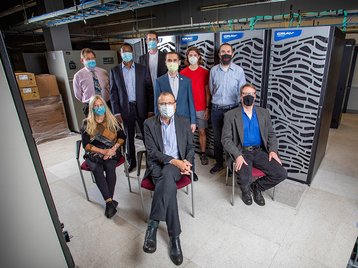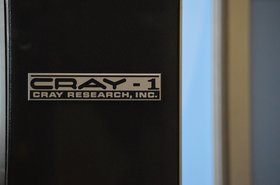The Institute for Advanced Computational Science at Stony Brook University, New York, has installed the new Ookami supercomputer.
The system uses the Fujitsu A64FX Arm-based processor found in the world's fastest supercomputer, Fugaku.
It means wolf in Japanese
"This system has a nearly magical combination of programmability, performance, and efficiency, with the potential to transform computational research in many areas of science, engineering, and industry," Robert Harrison, professor of Applied Mathematics and Statistics and director of the IACS, said.
“Ookami is a resource for researchers in academia or industry nationwide. Its use opens the door for researchers to explore new computing technologies that could greatly impact the future of high-performance applications.”
The HPE Apollo 80 system also uses the Cray ClusterStor E1000 storage system from HPE and is run as part of a partnership with IACS and the Center for Computational Research at Buffalo University. Ookami is also financially supported by the National Science Foundation's Office of Advanced Cyberinfrastructure.
Bright Computing's Cluster Manager software is used to reduce the complexity of building and managing high-performance Linux clusters for the system.
"Bright Computing has a long history of working with Cray on state-of-the-art supercomputers, and we are delighted to continue this under the new merge with HPE," said Lee Carter, VP Alliances at Bright.
"Our engineers have worked closely with Fujitsu’s A64FX-based development team to ensure Bright Cluster Manager seamlessly manages A64FX-based systems like the HPE Apollo 80 in the same way we manage traditional Intel-based servers. We are proud to play our part in bringing all these technologies together for our valued customer, Stony Brook.”
A64FX is the first CPU to adopt the Scalable Vector Extension (SVE), a development of the Armv8-A instruction set architecture made with HPC in mind. SVE enables vector lengths that scale from 128 to 2048 bits in 128-bit increments. Rather than specifying a specific vector length, CPU designers can choose the most appropriate vector length for their application and market - allowing for A64FX to be designed with a focus on exascale computing.




